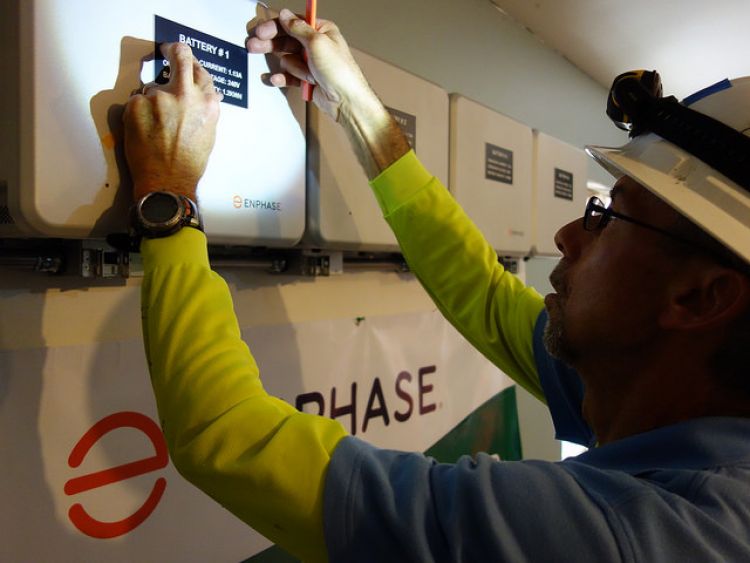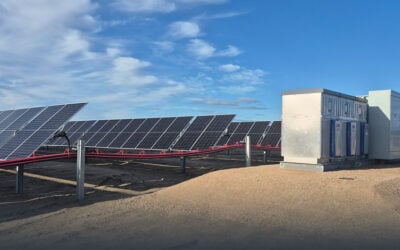
The California Public Utilities Commission (CPUC) has amended aspects of its grid transparency tool to make it easier to deploy energy storage solutions in the state, following a motion from the Interstate Renewable Energy Council (IREC).
The CPUC has ironed out grid mapping rules within its Integration Capacity Analysis (ICA), which can be used to assess where distributed energy resources such as solar or battery energy storage systems could be added without significant upgrades to the grid. However, a statement from the IREC said there are some “significant gaps” in early versions of California utilities’ ICA maps that needed to be addressed.
IREC, The California Solar and Storage Association, and the California Energy Storage Alliance put forward a motion for changes to the ICA last October.
California’s major utilities first published demonstration ICA maps in 2015, but later updated these with ICA 2.0 maps in December 2018. Historically, the ICA maps have helped utilities to identify opportunities for new generation projects such as rooftop solar installations.
Try Premium for just $1
- Full premium access for the first month at only $1
- Converts to an annual rate after 30 days unless cancelled
- Cancel anytime during the trial period
Premium Benefits
- Expert industry analysis and interviews
- Digital access to PV Tech Power journal
- Exclusive event discounts
Or get the full Premium subscription right away
Or continue reading this article for free
However, due to issues with initial maps released by the entities, IREC said they showed the grid to be “significantly more constrained” than it is, and therefore did not help to identify areas that could be used to install load systems such as electric vehicle (EV) charging points.
To read the full version of this story, visit PV Tech.





